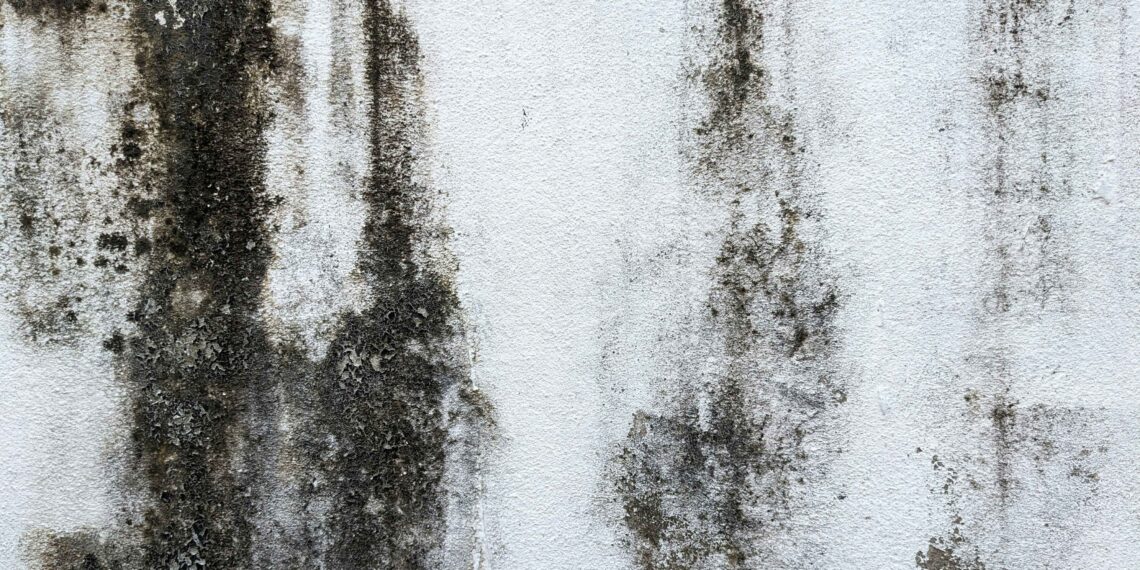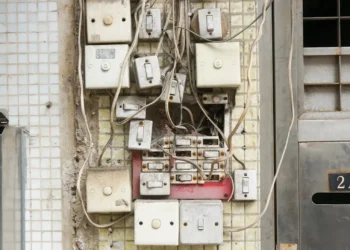Out of all irritants, allergens and toxins at home, mold is the hardest to eliminate. Aside from being an air pollutant, it’s also an eyesore. Mold streaks can give you the creeps and paint a screaming picture of an unhygienic space. Understand how these fungi colonize your home, where to find them and how to keep them in check.
What Creates Mold in a House?
Molds need moisture, oxygen and a food source to survive. Warmth and darkness also loosely play a role in their growth. These biological contaminants generally thrive at 25-30 degrees Celsius — or 77-86 degrees Fahrenheit — but some species can multiply at any temperature above freezing. Molds hate ultraviolet radiation, not light itself, so they can reproduce in shaded areas when the sun is up.
These fungi begin their lives as spores, spreading throughout the environment through air, water, people and animals. When they land on a surface, they stay inactive and germinate once they absorb adequate moisture and nutrients from organic matter. Then, they grow a vegetative body and start producing spores to repeat the process.
How Long Does It Take for a House to Grow Mold?
Mold only needs 24-48 hours to complete its life cycle when all the elements required for growth are present. Water-damaged items that don’t dry within this period will almost certainly be a breeding ground for mold.
10 Common Home Areas for Mold Growth
Mold spores are everywhere, yet they tend to grow in specific parts of the house. To uncover these fungi’s presence on your property, assess these 10 spaces first.
Bathroom
A poorly ventilated bathroom is a hotbed of mold. The tub, shower, walls and floor are the likely spots where it can grow. Mold growth is also typical around the toilet and sink, mainly when leak and drainage problems occur.
Kitchen
This space is one of the most humid areas in the house because cooking adds moisture to the air. It also has various appliances linked to water, including the fridge, microwave and dishwasher.
Anything that stays wet for a lengthy period and food crumbs can be ground zero for mold growth, so pay attention to your sink and its adjacent areas. Don’t forget about trash bins, wooden cutting boards and windows.
Bedroom
Any air-conditioned room can host molds through the vents. Condensation can form on window glass in airtight bedrooms, rendering wet window components food for these fungi.
Moreover, your mattress can become moldy when you go to bed sweaty or slightly wet after a bath.
Laundry Room
If your HVAC system doesn’t reach this space, humidity will build up and encourage mold growth.
Mudroom
This space is a hotspot for dirt and grime. It can get musty when unconditioned or unventilated.
Ductwork
Ducts can harbor molds when there’s condensation in the vents. The worst part is the fungi can spread throughout the house through them.
Attic
A moldy attic comes about when its insulation is wet or there’s a roof leak.
Crawl Space
Your crawl space is perennially damp. Earth, dust and dirt on moist surfaces are a buffet for fungi, so finding mold colonies of various colors down there shouldn’t surprise you.
Garage
This space is generally less moisture-resistant than the rest of the house and is one of the first indoor areas water can enter during a downpour. Older garages often have insufficient insulation or wooden doors, which provide little moisture resistance due to being more porous than materials like steel. Mold is also likely to grow in cardboard storage units and corners that sunlight can’t reach.
Siding
Molds can take over siding panels in the shade because they take longer to dry and the sun can’t disinfect them with UV. The dirt and dust on the sides of your house can provide sustenance to these unwanted guests.
What Kills Mold Growth?
Moisture control averts mold growth. Keeping indoor relative humidity below 60% creates the ideal conditions for these unhealthy and unsightly home invaders to become inactive. You can keep air from holding too much water vapor by ventilating, dehumidifying or cooling your space. Your air conditioner must be the proper size or it will lower indoor temperature without removing moisture from the air, increasing humidity levels.
Combine water with mild detergent, bleach or ammonia to create a potent cleaner for removing mold on surfaces and items. Undiluted vinegar can also work wonders.
Loosen Mold’s Hold in Your Home
Knowing that molds will exist and persist in the environment no matter what you do is an inconvenient truth. However, they can only harm you when you do nothing. Keep your space from having all the elements they need to come alive and address their colonies accordingly when you spot them.









